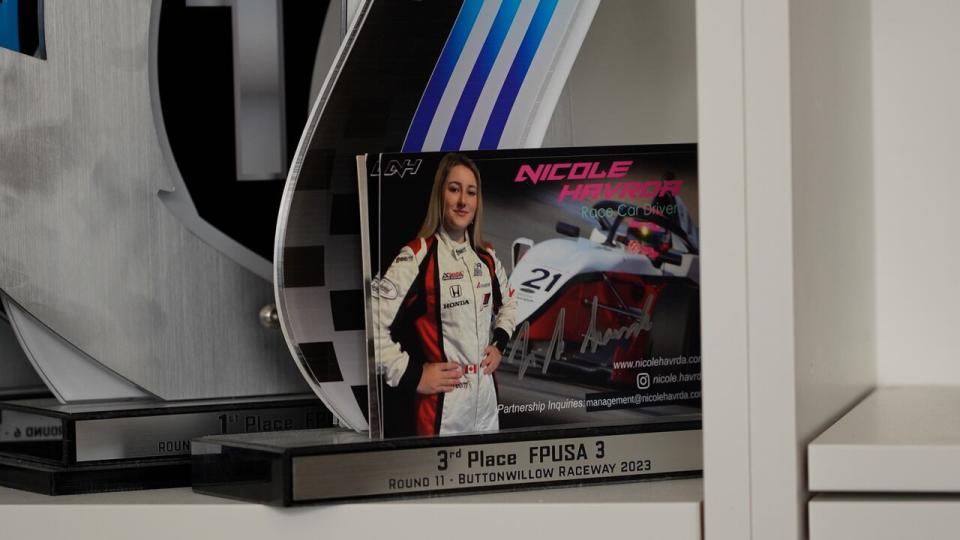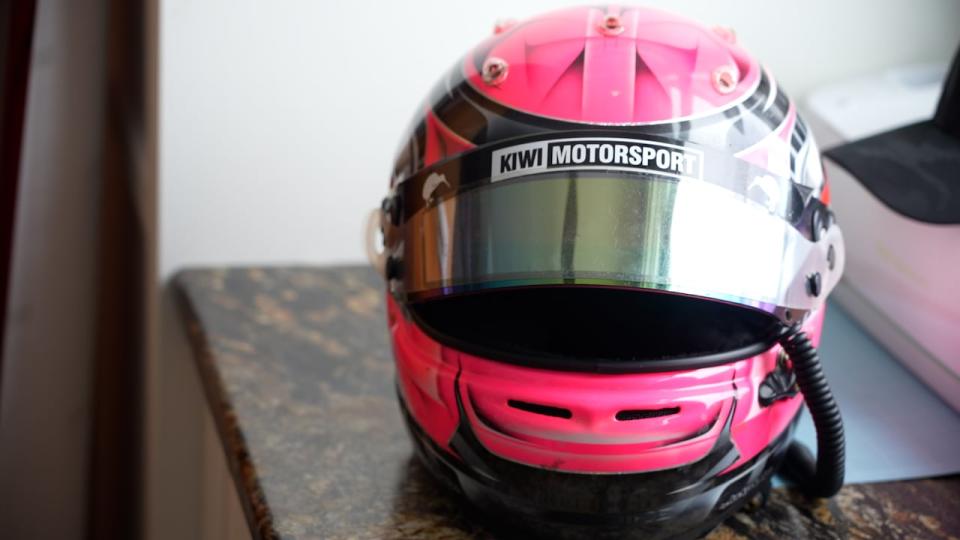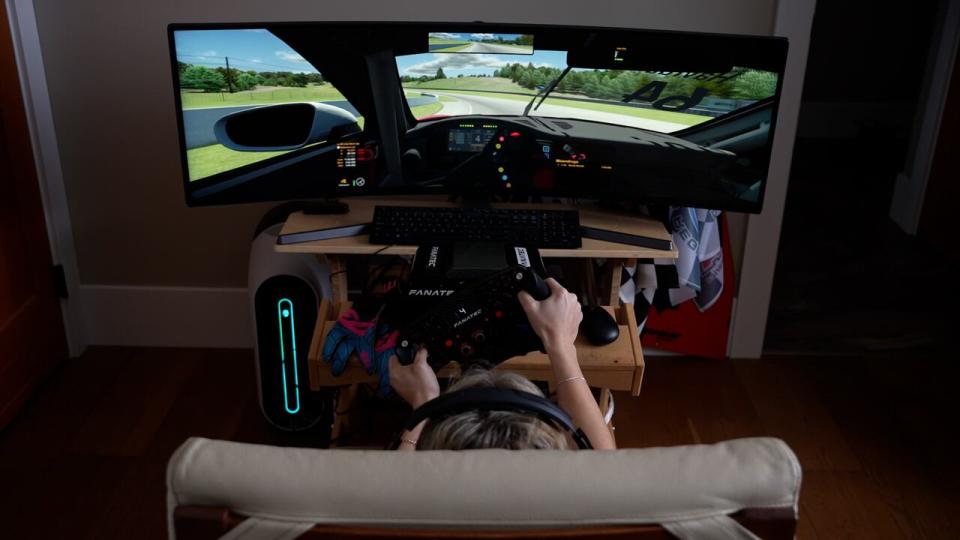18-year-old B.C. racecar driver makes waves in formula racing

Formula racing has long been the pinnacle of motorsport and an industry dominated by men.
But a new wave of female racers are pushing boundaries, ready to redefine the sport.
Nicole Havrda is an 18-year-old professional racecar driver from Comox, B.C, a town of just over 14,000 people, 225 kilometres northwest of Victoria on Vancouver Island.
In November 2023, she became the first woman to win the Formula Pro USA Western FR Championship, outpacing her all-male competition. Her 2023 season saw her claim three championships on the North American F3 circuit.
Havrda began her career go-karting at age 10, inspired by a trip with her parents to a Formula One Grand Prix in Austria.
"When I got there, it sounded like [the drivers] were right there next to me. When I stood there, [my ears] just started ringing and I could feel it inside me as well, in my heart," Havrda described.
"I fell in love with it right there."

In November 2023, Nicole Havrda became the first female racecar driver to win the Formula Pro USA Western FR Championship. (Claire Palmer/CBC News)
She quickly made connections in Vancouver's go-karting circuit and got herself a go-kart the moment she returned to Victoria.
From there, she became a national champion in kart racing at 12 years old; by 14, she was racing in GT cars, two-seater cars with enclosed wheels, for Mercedes Benz — all before she got her learner's licence.
In 2022, Havrda jumped to open-wheel racing and landed on the Formula Three circuit, a third-tier class of formula racing that serves as an important stepping stone for prospective Formula One drivers.
"F1 is always the goal, it's been the goal since the start," she said.
Women in formula racing
It's been over 30 years since Italy's Giovanna Amati entered a car to a Formula One Grand Prix in Brazil — the last female driver to do so.
One of Havrda's role models and mentors is Lyn St. James, who competed in the IndyCar series, the highest class of regional open-wheel racing in the U.S. She is one of just nine women who have qualified for the Indianapolis 500 — qualifying for the first time in 1992 — and was the first woman to win the Indy 500 Rookie of the Year that same year.
While St. James no longer races, she has been helping the next generation of female racers as co-founder of Women in Motorsports North America, based in the U.S.
St. James says the sport's barriers to entry are more subjective. Things like limited sponsorship opportunities, in a sport where money dictates success — from the car you drive to the team around you — and a lack of willingness from the industry to be more accepting of women can hold many female drivers back.
"It's important to give women opportunities, to be able to shine, to be able to bring your skills and then to improve your skills," said St. James.
Havrda says St. James has taught her to develop her own perspective on what she brings as a woman to the sport.
But at the end of the day, she's just another competitor.
"I'm a girl, but when I'm at the track, I don't really pay attention, because once you put your helmet on ... you look all the same," said Havrda.
"But it's definitely a good feeling, beating the guys."

'Once you put your helmet on ... you look all the same,' Havrda says about competing in formula racing as a woman. (Claire Palmer/CBC News)
Women in the automotive industry
St. James and Havrda believe women have a lot to give the sport — not just as drivers, but as team members and mechanics.
"I think people are looking too much at women racers and not at women in automotive, I know so many women engineers and mechanics and people aren't paying much attention to them," said Havrda.
"But everyone should look and see a woman in the garage fixing a car and think that's super cool."

Nicole Havrda is based out of Comox on Vancouver Island, but estimates she spent 200 days travelling away from home last year to race Formula Three. When she is home, she practices in her simulator. (Claire Palmer/CBC News)
Havrda is working with Mercedes-Benz Canada and the Big Brothers Big Sisters of Canada to get more girls into the automotive industry.
On March 7, she hosted a Q&A at the Mercedes dealership in Kelowna, B.C., for International Women's Day, to inspire local Big Sisters to get into the industry.
Karen Dearlove, executive director at the B.C. Centre for Women in the Trades, estimates that under five per cent of people working in automotives are women or gender diverse, while other trades like hydro and electricity have seen the number of women spike in recent years, to upwards of 10 per cent.
Dearlove says Havrda's work is crucial in bringing up that number, increasing women's visibility in the industry while reaching a younger generation.
"That is so important, and not just for the girls but for their parents, to actually see that these are potential jobs and careers," said Dearlove.
Meanwhile, Havrda is focused on her career and what comes next.
St. James believes Havrda has what it takes.
"'I'm very impressed with her and her family, and I'm very high on the fact that she has incredible potential," said St. James.
Havrda is setting her sights overseas next, racing the F3 in Europe, before making the jump to Formula Two on her quest to reach the sports' top tier. Her next F3 race is at the start of April, in Louisiana.

